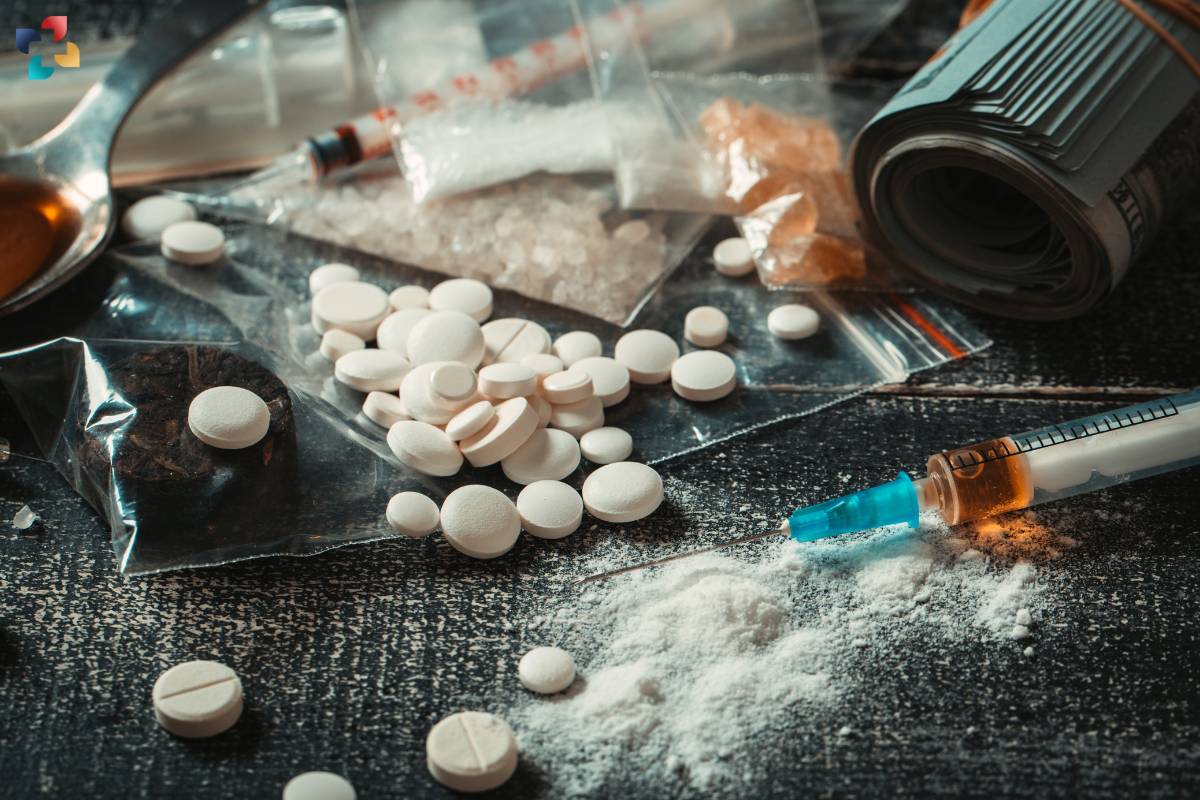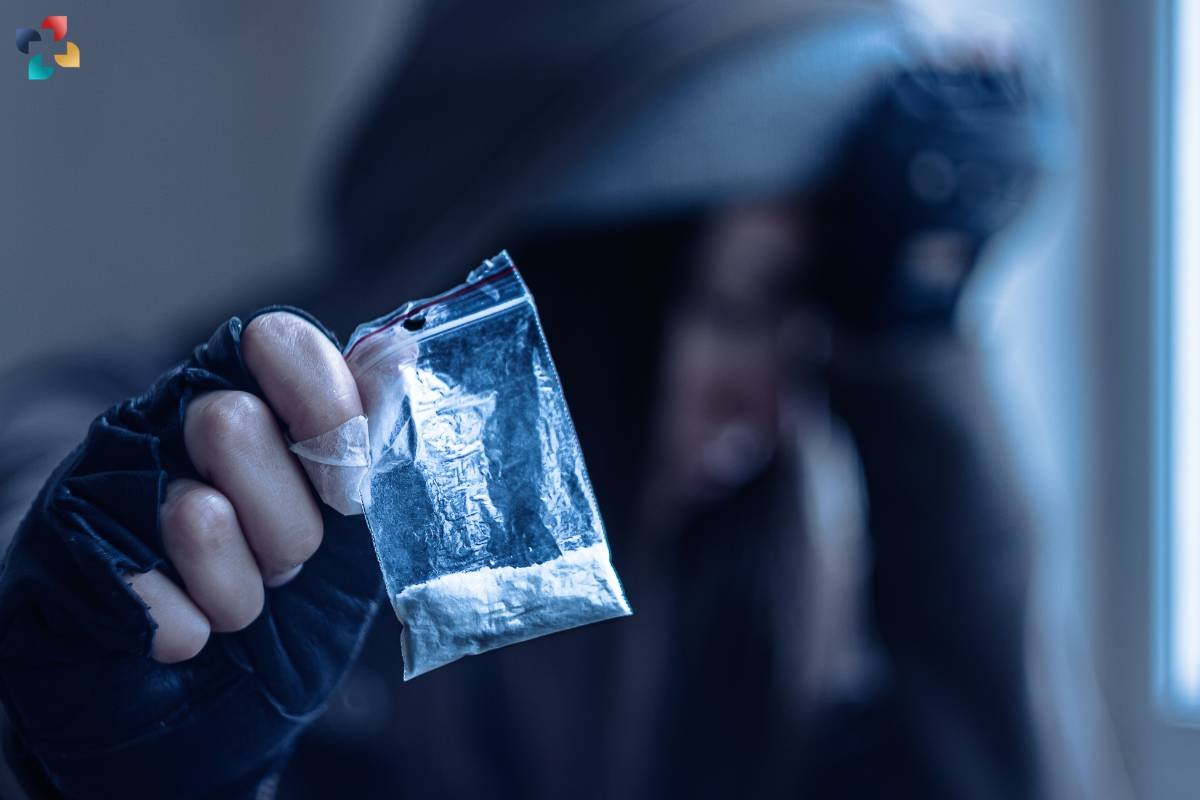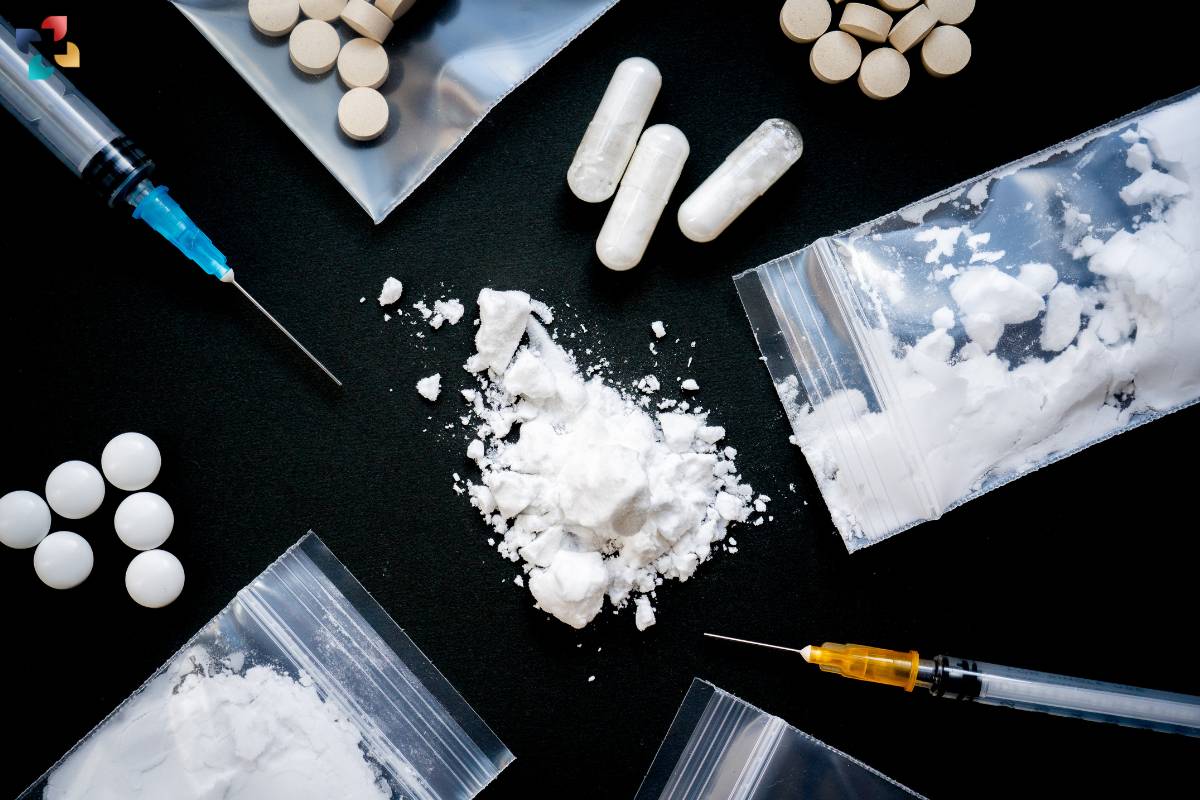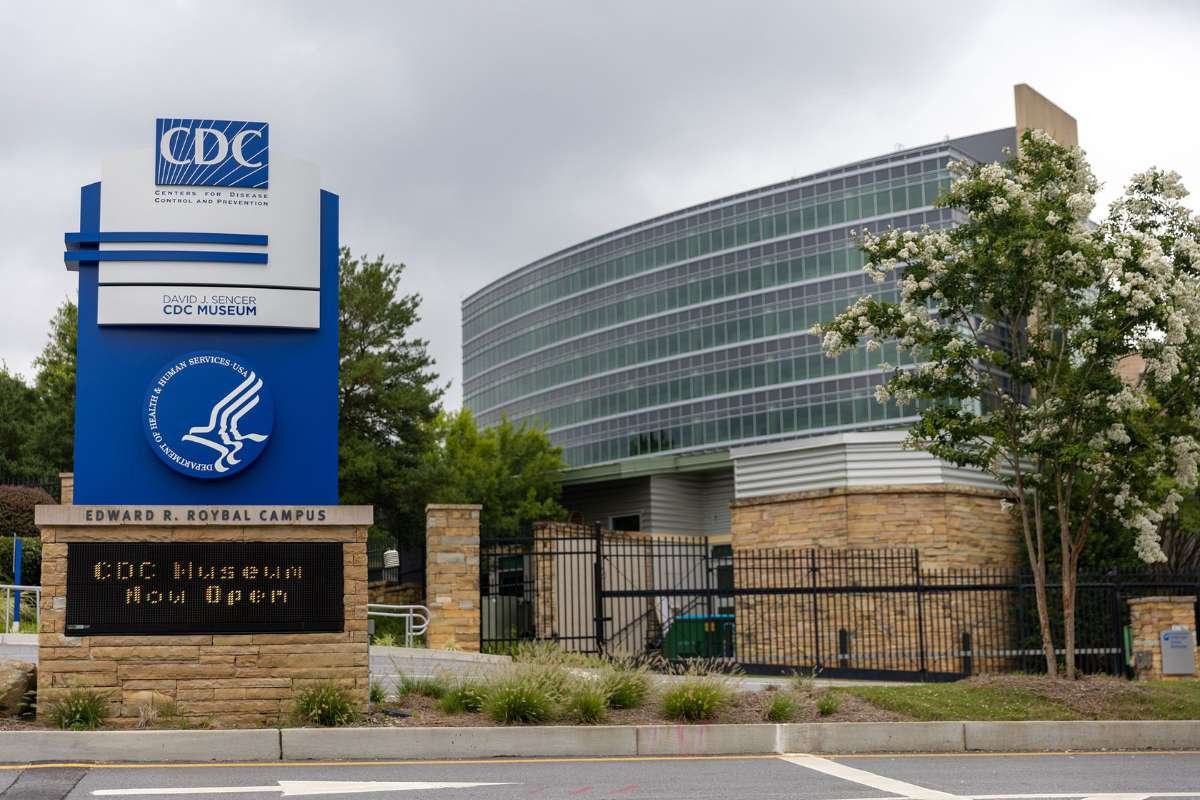In today’s society, drug use and abuse have become prevalent issues with far-reaching consequences. Whether in the workplace, schools, or healthcare settings, ensuring safety and compliance often necessitates the implementation of robust drug screening protocols. In this comprehensive guide, we explore the nuances of drug screening, its significance in various contexts, and the evolving landscape of testing methodologies and technologies.
Understanding Drug Screening
Drug screening, also known as drug testing, refers to the process of detecting the presence of illicit substances or prescription medications in biological samples such as urine, blood, saliva, or hair. The primary objective of drug screening is to identify individuals who may be using drugs unlawfully or inappropriately, thereby mitigating risks associated with impaired performance, safety concerns, and legal liabilities.

Drug screening, also known as drug testing, is a critical component of comprehensive healthcare, workplace safety, and regulatory compliance programs. By analyzing biological samples such as urine, blood, saliva, or hair, it aims to identify the presence of illicit substances or prescription medications in an individual’s system. This process serves multiple purposes, including promoting public safety, ensuring adherence to treatment plans, and deterring substance abuse.
In healthcare settings, drug screening is utilized to monitor patients’ medication adherence, detect potential drug interactions, and assess compliance with prescribed treatment regimens. By identifying individuals who may be misusing or diverting prescription medications, healthcare providers can intervene early and prevent adverse health outcomes. Additionally, it plays a crucial role in pain management programs, ensuring that patients receive appropriate treatment while minimizing the risk of medication misuse or abuse.
In the workplace, it is integral to maintaining a safe and productive work environment. Employers implement drug testing programs as part of pre-employment screening, random testing, or post-incident investigations to identify employees who may pose a risk due to drug use. By deterring substance abuse and ensuring compliance with workplace policies, it helps mitigate risks associated with impaired performance, accidents, and legal liabilities.
Moreover, drug screening is essential for regulatory compliance in industries such as transportation, healthcare, and law enforcement. Regulatory agencies mandate drug testing programs to uphold safety standards, prevent substance abuse, and safeguard public health. By implementing comprehensive protocols, organizations demonstrate their commitment to safety, integrity, and compliance with regulatory requirements.
In conclusion, drug screening plays a vital role in promoting safety, accountability, and compliance across various sectors. Whether in healthcare, workplace settings, or regulatory environments, the objective remains consistent: to detect and deter substance abuse, mitigate risks, and ensure the well-being of individuals and communities. As technology continues to advance and drug use patterns evolve, it will continue to evolve as an indispensable tool for safeguarding public health and promoting safety.
Applications and Importance

The utility of drug screening extends across diverse sectors, each with its unique set of challenges and requirements. In the workplace, employers utilize it as part of pre-employment screening, random testing, or post-incident investigations to maintain a safe and productive work environment. Educational institutions implement drug screening to deter substance abuse among students and promote a healthy learning environment. Similarly, healthcare providers employ it to monitor patients’ adherence to prescribed medications and identify potential drug interactions or misuse.
Types of Drug Screening Tests
Drug screening tests encompass various methodologies, each offering distinct advantages in terms of sensitivity, specificity, cost-effectiveness, and turnaround time. The most common types of drug screening tests include urine drug tests, blood tests, saliva tests, and hair follicle tests. Urine drug tests are widely used due to their non-invasiveness, ease of collection, and relatively low cost. Blood tests offer greater accuracy and are often used in medical settings to detect recent drug use or assess drug concentrations. Saliva tests provide rapid results and are suitable for on-site testing or roadside screenings. Hair follicle tests offer a longer detection window and are particularly useful for detecting chronic drug use patterns.
Advancements in Technology
The landscape of drug screening continues to evolve with advancements in technology, driving innovation in testing methodologies and devices. Traditional laboratory-based screening methods are being complemented by rapid point-of-care testing devices that deliver results within minutes. Immunoassay-based tests, gas chromatography-mass spectrometry (GC-MS), and liquid chromatography-mass spectrometry (LC-MS) are among the techniques utilized for accurate and reliable drug detection. Furthermore, emerging technologies such as biosensors, microfluidics, and smartphone-based applications hold promise for enhancing the accessibility, efficiency, and affordability of drug screening.
Challenges and Considerations

While drug screening plays a vital role in promoting safety and compliance, it is not without its challenges and considerations. False-positive and false-negative results, privacy concerns, legal implications, and ethical considerations are among the issues that stakeholders must navigate. Additionally, the rapidly evolving landscape of drug use patterns, new psychoactive substances (NPS), and synthetic drugs present ongoing challenges for drug screening programs. Therefore, it is imperative for organizations to adopt comprehensive policies that are tailored to their specific needs and regulatory requirements.
Conclusion
In conclusion, drug screening serves as a cornerstone in safeguarding public health, safety, and compliance across various sectors. Whether in the workplace, schools, or healthcare settings, the implementation of robust protocols is essential for detecting and deterring drug use and abuse. With advancements in testing methodologies and technologies, drug screening programs continue to evolve, offering greater accuracy, efficiency, and accessibility. As we navigate the complex landscape of drug use and abuse, it remains an indispensable tool for promoting safety, enhancing accountability, and ensuring compliance with regulatory standards.
FAQs
1. What is Drug Screening, and why is it conducted?
Drug Screening, also known as drug testing, is the process of detecting the presence of illicit substances or prescription medications in biological samples such as urine, blood, saliva, or hair. It is conducted to identify individuals who may be using drugs unlawfully or inappropriately, thereby mitigating risks associated with impaired performance, safety concerns, and legal liabilities.
2. How accurate are Drug Screening tests?
Modern Drug Screening tests are highly accurate and reliable in detecting the presence of drugs in biological samples. They undergo rigorous testing and adhere to strict quality standards to ensure precision and consistency in results.
3. What types of drugs can be detected through Drug Screening?
Drug Screening tests can detect a wide range of substances, including illicit drugs such as marijuana, cocaine, opioids, and amphetamines, as well as prescription medications such as opioids, benzodiazepines, and stimulants.
4. What are the different methods of Drug Screening?
Common methods of Drug Screening include urine drug tests, blood tests, saliva tests, and hair follicle tests. Each method offers unique advantages in terms of detection window, accuracy, and ease of sample collection.
5. Are there any factors that can affect Drug Screening results?
Yes, several factors can influence Drug Screening results, including the type of drug being tested, the dosage and frequency of drug use, the individual’s metabolism, hydration levels, and the sensitivity of the testing method. Additionally, certain medications, foods, and supplements may produce false-positive results or interfere with the accuracy of the test.









